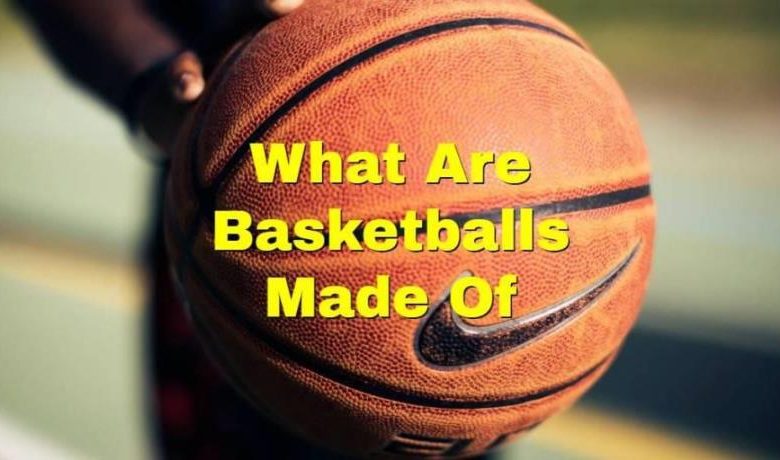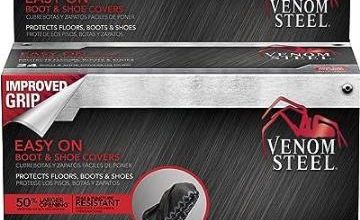An Expert’s Take on Basketballs Material Choices

An Expert’s Take on Basketball’s Material Choices
Understanding the Impact of Material Choices on Basketball Performance
Introduction
Basketball, one of the most popular sports worldwide, requires a ball that not only meets regulations but also enhances the players’ skills and performance. One often overlooked aspect is the material used in constructing the basketball. In this article, we will explore the different material choices available for basketballs and their impact on the game.
Why Does Material Matter?
The material of a basketball significantly affects its durability, grip, and bounce, ultimately influencing players’ ball control and shooting accuracy. With various materials on the market, let’s dive into the commonly used options and their characteristics.
Leather Basketball
Classic Feel and Performance
Leather basketballs have long been favored for their superior grip and feel. The genuine leather material offers excellent control and responsiveness, making it the top choice for professional players and serious enthusiasts. However, leather basketballs require regular maintenance to prevent drying out and cracking, making them more suitable for indoor use.
Composite Basketball
Durability and Versatility
Composite basketballs are constructed using synthetic materials, typically a combination of rubber and synthetic leather. These basketballs are known for their durability, making them suitable for both indoor and outdoor play. The synthetic cover provides a consistent grip, allowing players to maintain control during intense gameplay. Composite basketballs are commonly used in schools, recreational centers, and casual games.
Rubber Basketball
Cost-Effective and Outdoor-Friendly
Rubber basketballs are the most affordable option and are specifically designed for outdoor play. The durable rubber material can withstand rough surfaces and harsh weather conditions, making it ideal for playing on asphalt or concrete courts. Rubber basketballs are often recommended for beginners, as they provide a good balance of performance and affordability.
FAQs about Basketball Material Choices
1. Can I use a leather basketball for outdoor play?
Although leather basketballs offer excellent performance, they are best suited for indoor courts due to their susceptibility to damage from harsh outdoor elements.
2. Are composite basketballs suitable for professional games?
Yes, composite basketballs are widely used in professional leagues and tournaments. They offer a good compromise between the feel of a leather basketball and the durability of a rubber basketball.
3. How should I clean my basketball?
For leather basketballs, use a mild soap and water solution to clean the surface. Avoid using abrasive materials or excessive scrubbing as it may damage the leather. For rubber or composite basketballs, a simple wipe with a damp cloth should suffice.
Conclusion
Choosing the right material for your basketball is crucial in maximizing your performance and enjoyment on the court. Leather, composite, and rubber basketballs each have their unique characteristics, so consider your playing environment and skill level when making a decision. By understanding the impact of material choices on basketball performance, you’ll be able to select a ball that suits your needs and enhances your game.



